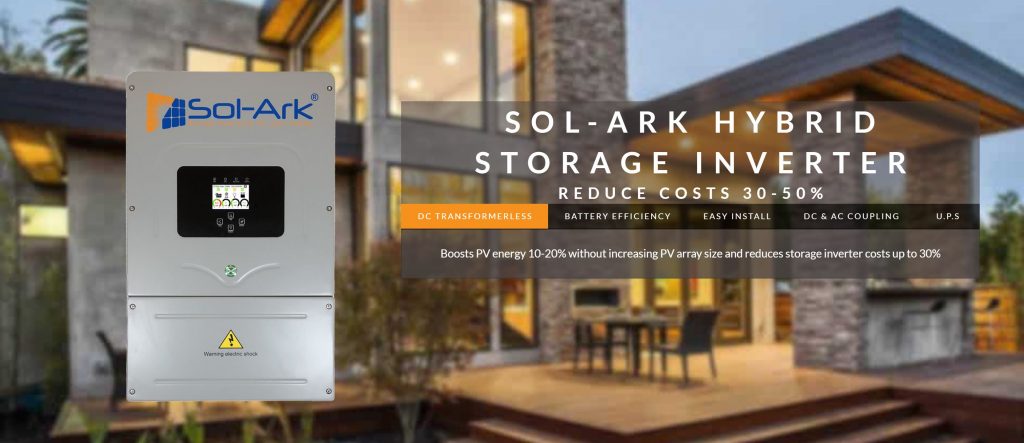Avoid Common Solar Project Mistakes by Using Sol-Ark products and Free Engineering support
At Sol-Ark we like to think we address these 10 common mistakes discussed in this recent article:
The CEO of Silicon Valley’s Cinnamon Energy Systems boils down his biggest lessons from the residential battery business—from buggy software and interconnection delays to understanding customers’ emotions.
BY: BARRY CINNAMON MAY 16, 2019- Here’s the link to the article 10 Mistakes I’ve Made Selling and Installing Battery Storage Systems
We address the highlights of the problems faced by Berry.
- Misunderstanding customer desires
Not big enough battery.
Sol-Ark solved with 24KWh @ $5.6K
- Incomplete product offerings
Manufacturers that provide (or control) both the inverter and battery have an advantage when it comes to installation and operation simplicity.
Sol-Ark solved with communication and smarts built into inverter & app.
- Underestimating support and maintenance costs
New lithium-ion battery systems are virtually trouble-free; however, the inverters and communications systems to which they are connected may need modifications and upgrades as new features are added, as customers make changes to other equipment, and as utility tariffs change.
Sol-Ark solved with easy Touchscreen GUI that customers can reprogram. App also doesn’t need a manual.
- Adding batteries to existing systems
Permitting challenges.
Sol-Ark can’t improve that, but we do AC Coupling to existing systems and DC Coupling for expanding the solar array. Adding value to the install and saving time.
- If the CTs don’t fit, you’re in deep sh-t
Agreed. Sol-Ark provides 2 sizes of CT’s for this very reason.
- Complicated backup panel wiring
These backup subpanels are generally limited to four to six ordinary circuits (not air conditioners or large motor loads). Powering more circuits than is recommended, or trying to power large appliances, will likely lead to an unhappy customer the next time the power goes out.
Sol-Ark solved with 20KW peak power to not overload inverter. And our 10 circuit transfer switch is much easier to wire in than a subpanel.
- Buggy software and firmware
Not only must contractors have IT-capable people on their staff, but they must also budget for these software support costs.
Sol-Ark solved bugs with 2 years of field testing and nearly everyone in the company using. The GUI touchscreen allows programming without a computer in 5-10 minutes. Our phone app makes internet connection setup much easier.
- Interconnection problems
Many utilities make it needlessly difficult and time-consuming to interconnect a simple battery to a PV system. A contractor’s first battery system interconnection is likely to take months.
Sol-Ark uses limited home mode while waiting for Grid sell back approval.
- Incentive delays
Battery incentive processes run the gamut from a single-page form to a 1.5-inch thick manual. Issues caused by multiple hard-copy and web-based forms, special performance reports, inspections and bureaucratic hostility can delay a customer’s receipt of the incentive payment for a year or more. The value of the battery incentive may be less than it costs to apply for and receive the incentive itself.
Agreed. With 24KWh @ $5.6K = $233/KWh & 3000 cycles, we don’t bother with it.
- Battery warranty claims
Will your battery supplier be able to support the battery warranty for its full term? If the battery fails, will they pay for a replacement, including labor? If all their batteries fail, will they stay in business? This is one battery system mistake that I have managed to avoid so far, although I have had this issue with defunct module and inverter companies.
Sol-Ark battery is backed by a reasonable 5 year warranty with a 12 year lifespan.











